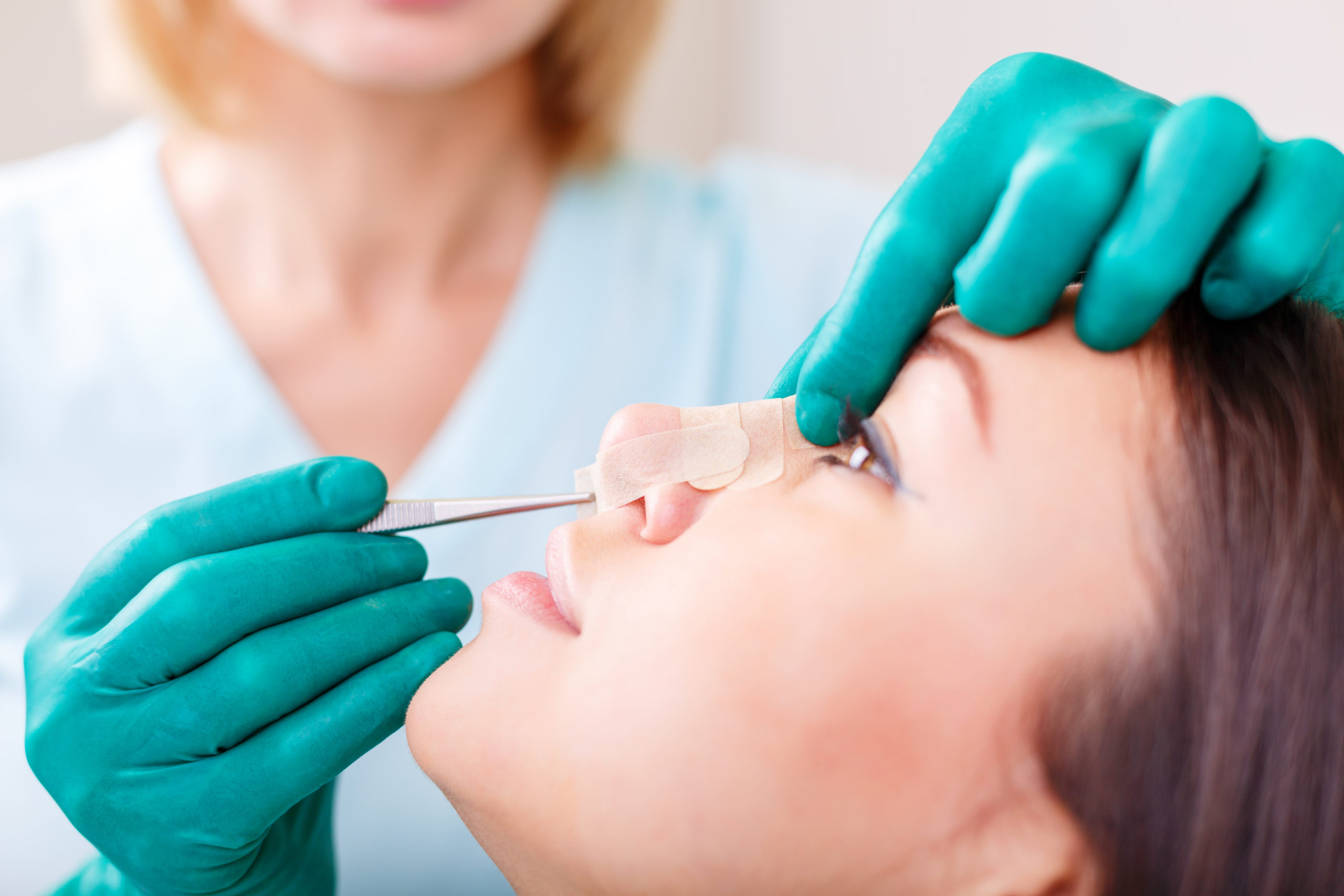Functional rhinoplasty has emerged as a revolutionary procedure for individuals seeking both aesthetic improvement and enhanced nasal function. At Rhinoplasty Dubai, patients can experience advanced surgical solutions that not only refine the nose’s appearance but also address structural issues affecting breathing and overall nasal health. Among the most common concerns treated are septum deviations and turbinate hypertrophy, both of which can significantly impact airflow and quality of life.
Understanding Functional Rhinoplasty
Unlike traditional cosmetic rhinoplasty, which primarily focuses on the external appearance of the nose, functional rhinoplasty emphasizes restoring or improving nasal function. This procedure is designed to correct internal structural abnormalities while maintaining—or even enhancing—the natural shape of the nose.
Key areas addressed in functional rhinoplasty include:
-
Septum correction – Straightening a deviated septum to improve airflow.
-
Turbinate reduction – Reducing enlarged turbinates to relieve congestion.
-
Nasal valve repair – Strengthening areas of collapse to prevent obstruction.
The Role of Septum Correction
A deviated septum is one of the most common reasons for nasal obstruction. The septum, which divides the nasal cavity, can be displaced due to injury, congenital factors, or developmental issues. When the septum is misaligned, it can lead to:
-
Difficulty breathing through one or both nostrils
-
Frequent nasal congestion
-
Snoring and disrupted sleep patterns
-
Increased risk of sinus infections
Turbinate Reduction and Nasal Function
Turbinates are small bony structures inside the nose covered with soft tissue, which help humidify and filter the air we breathe. However, when turbinates become enlarged, they can obstruct airflow, leading to chronic congestion and discomfort. Functional rhinoplasty addresses turbinate hypertrophy by carefully reducing excess tissue without compromising the nose’s protective functions.Some benefits of turbinate reduction through functional rhinoplasty include:
-
Enhanced airflow for easier breathing
-
Reduction in nasal congestion and stuffiness
-
Improved sleep quality due to better oxygen intake
-
Support for long-term nasal health
Safety and Effectiveness
When performed by skilled surgeons, functional rhinoplasty is considered a safe and highly effective procedure for correcting septum and turbinate issues. Surgeons utilize advanced imaging and surgical techniques to ensure precise correction while minimizing tissue trauma. Key factors contributing to the safety of the procedure include:
-
Expertise of the surgeon – Board-certified rhinoplasty surgeons with specialized training in functional procedures
-
Comprehensive preoperative evaluation – Detailed assessments of nasal structure and airflow
-
Use of minimally invasive techniques – Preserving natural tissues and reducing recovery time.
Recovery and Patient Experience
Recovery from functional rhinoplasty is generally smooth, with most patients noticing improved breathing almost immediately after surgery. While every patient’s experience varies, typical recovery features include:
-
Mild swelling and bruising around the nose, which subsides within a few weeks
-
Temporary nasal congestion as tissues heal
-
Gradual improvement in airflow over the first few weeks
Advantages Beyond Breathing
Functional rhinoplasty offers benefits that extend well beyond improved nasal airflow. Patients often report a boost in overall quality of life due to:
-
Better sleep patterns and reduced snoring
-
Enhanced confidence from a naturally balanced nose
-
Relief from chronic nasal discomfort and congestion
-
Increased ease in physical activities such as running or swimming
Key Considerations Before Surgery
While functional rhinoplasty is generally safe, careful planning and consultation are essential for optimal results. Some points to consider before undergoing the procedure include:
-
Medical evaluation – A thorough assessment of nasal anatomy and respiratory health
-
Surgical goals – Understanding whether the focus is primarily functional, aesthetic, or both
-
Recovery planning – Setting realistic expectations for healing time and post-operative care
Who Can Benefit from Functional Rhinoplasty?
Functional rhinoplasty is suitable for individuals experiencing structural nasal problems such as:
-
Chronic nasal obstruction due to septal deviation
-
Enlarged turbinates causing persistent congestion
-
Nasal valve collapse or weakened cartilage
-
Reduced airflow impacting sleep quality or daily comfort
Conclusion
Functional rhinoplasty represents a safe, advanced solution for correcting septum and turbinate issues while maintaining a natural and harmonious nose appearance. Patients seeking improved breathing, relief from chronic congestion, and enhanced facial balance can benefit greatly from this procedure. With skilled surgeons, comprehensive planning, and minimally invasive techniques, functional rhinoplasty ensures both structural correction and aesthetic refinement.For individuals considering this transformative procedure, Rhinoplasty Dubai offers expert care and innovative solutions tailored to each patient’s needs. Trust Dynamic Life Clinics for a professional, patient-focused approach to functional rhinoplasty and nasal health.
